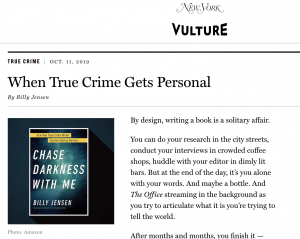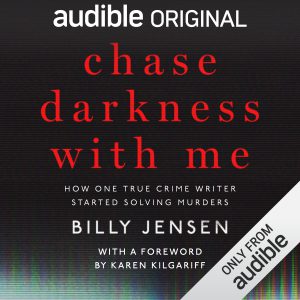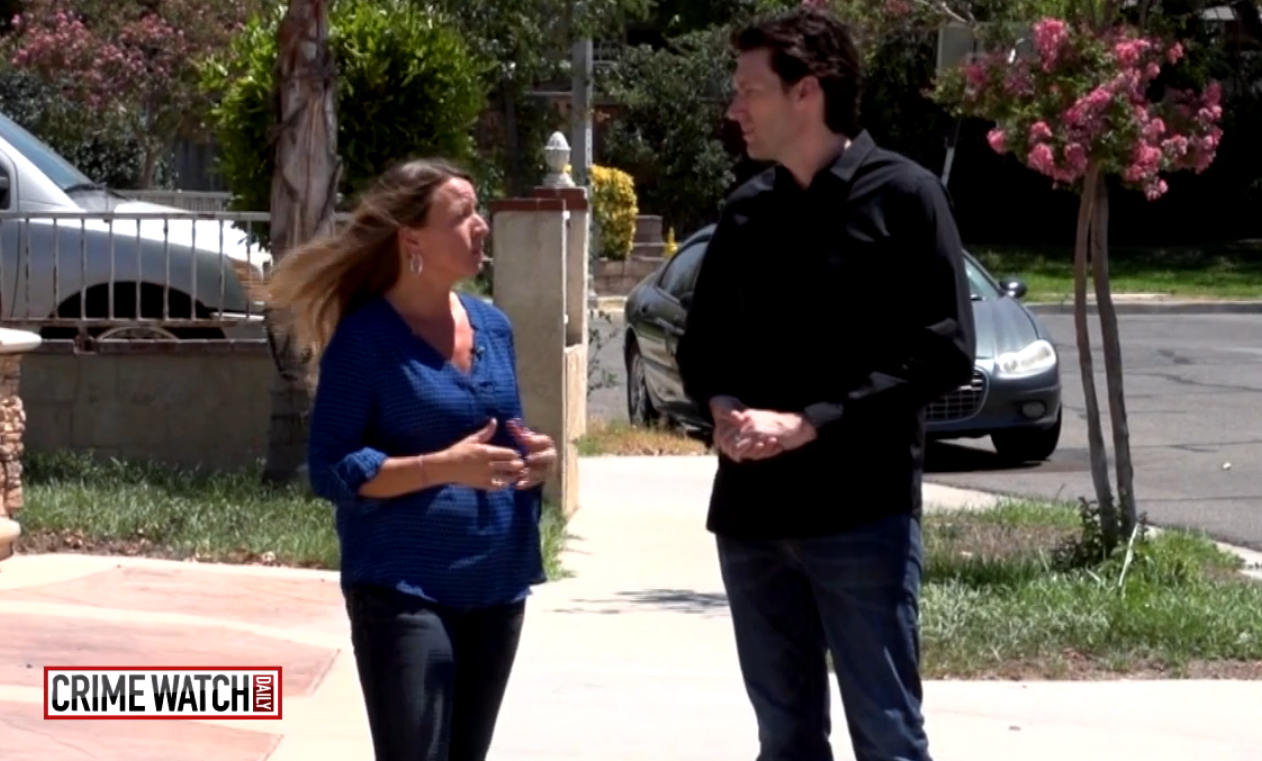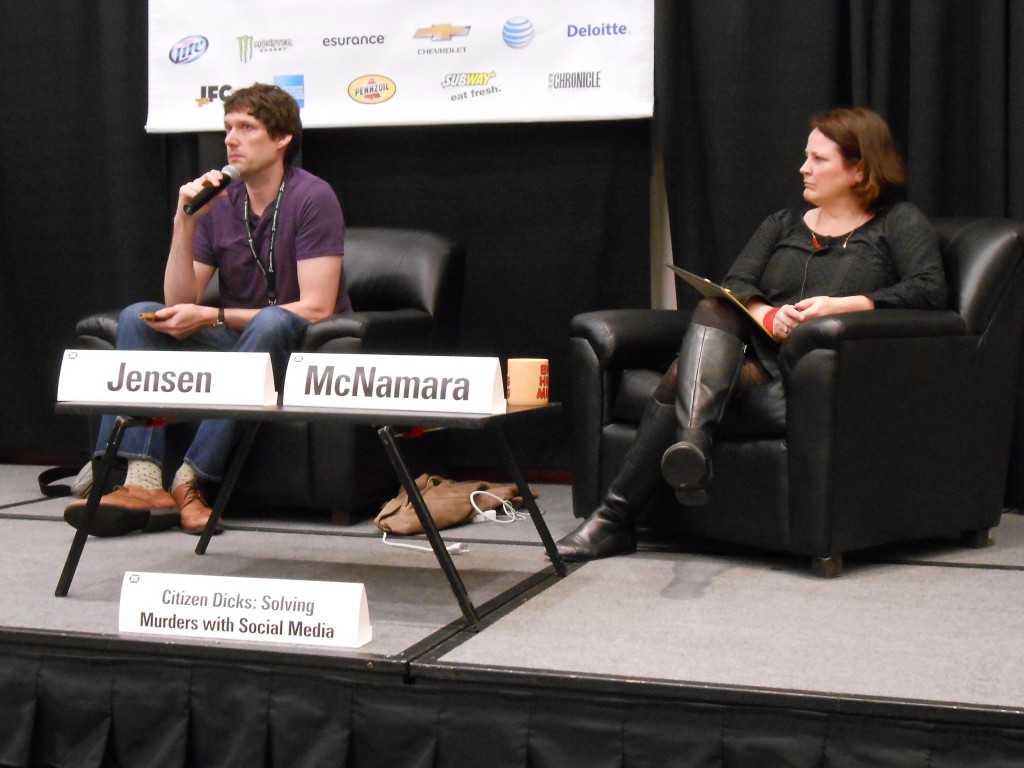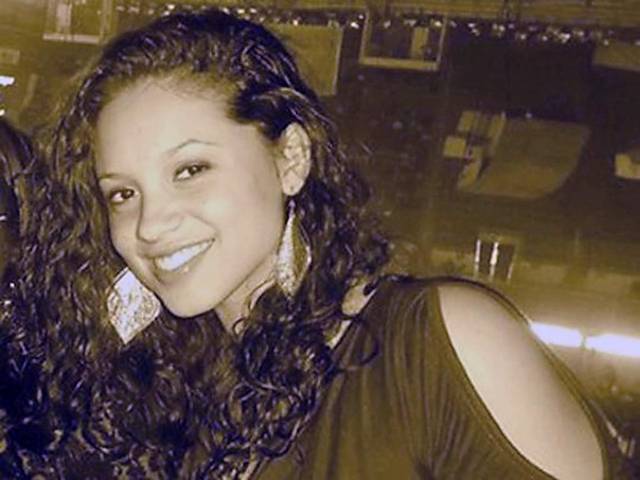When you have tattoos, people ask you what they mean. I have a Tonka truck bulldozer on my back, with my son’s name on it. It is driving up from my side and recreating the scar my son got from the heart surgery he had as a baby. On my right tricep is a quill pen, because no matter what job I am doing, I will always identify myself as a writer and storyteller first. On my left forearm is a magnifying glass, because I am an investigator and am forever attempting to uncover true crime mysteries. And on my lower left leg is the monorail coming out of The Contemporary Hotel at Walt Disney World.

My monorail and Contemporary Hotel tattoo, by Brucius.
I can explain the first three pretty easily, but the fourth is the one that raises the most eyebrows. “Why would you get a tattoo of a Disney hotel?” That story takes a little more time to tell.
When I was little, my Dad worked a lot. All day he painted houses (I know that since I am a true crime writer, I have to clarify that I don’t mean “painting houses” in the mob sense. I am talking about actually painting houses.) And as a painting contractor who owned his own business, he had to go out on nights and weekends to do estimates—look at rich people’s houses, and give them a price (in the thousands of dollars) for what it would cost for him to put “colored liquid on their houses,” as he once called it.
Because the estimates were often at the whim of the homeowners, I never knew what time they were happening. So when I would ask my Dad if we could do something—go to the toy store to get a new Star Wars figure I wanted, go to the rocket ship playground, go to the Islander game—he would always reply “maybe.” Now keep in mind, the “maybes” almost always turned to “yesses.” But there was always this uncertainty. I was always having to share my Dad with his work. Except at Disney World.
He first took me to Disney World when I was a two-year-old boy. When we there every February, my Dad was all mine. When I would ask “Can we go on the Pirate’s of The Caribbean,” the answer was always “Yes.” Can we go to the hotel arcade? “Yes.” The Mystery Fun House? “Yes.”
I was 12 the last time he took me to Disney, and for the first time we stayed at the Contemporary Hotel–the hotel that the monorail rides straight through. We rode every ride. We played every game in the arcade. And there were no maybes.
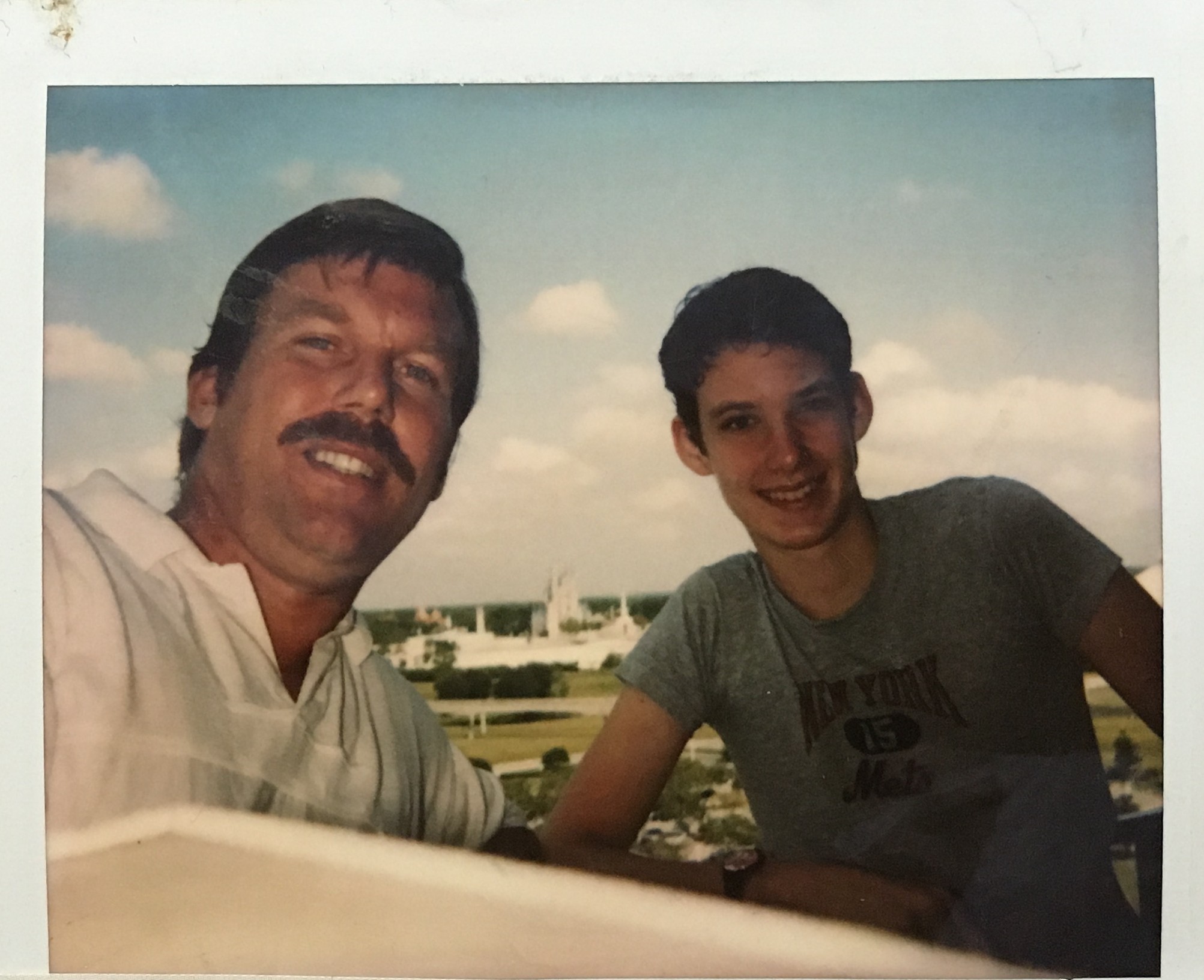
Dad and me at Disney Contemporary Hotel.
We never got to go back again.
My Dad died 2 months after my daughter was born. A rip-off. That’s the term that pops into my mind whenever I think about him dying: A rip-off. He didn’t get to see most of the things that I have done in my career. Mike Myers said it best when his dad died. It’s like winning chips at the craps table when you do great things in life. But cashing those chips in? That’s what happens when you tell your dad about it. That’s how I feel. But the biggest rip-off is him not being able to hang out with his grandchildren. He would have loved to take his grandkids to the arcade, the little amusement parks, the playgrounds, and most of all, Disney World.
When our kids were 3 and 5, I was making $27,500 at the Village Voice. But I HAD to take the kids to Disney. So I went on eBay and sold one of the few things my father left me when he died: His Lionel Mickey Mouse Train set (along with a mint, in-the-box Kenner Star Wars Death Star I had been saving for the kids). That gave us enough money to scrape together a trip. We couldn’t afford to stay at the Contemporary, but we had a great time, with his spirit by our side the whole time, and doing the thing he always liked to do: Going to the further reaches of the park at closing time and making them kick us out, being the last people in the park. I told that story in his eulogy.
Thirteen years later, my daughter was graduating high school and I asked her what she would want for her graduation present. She said she wanted to go back to Disney World.
I set about building the best trip possible, planning everything to the last minute. We would stay at different hotels close to the parks—The Boardwalk, The Animal Kingdom Lodge, and then we would end the trip at The Contemporary. It would be one last hurrah for a little kid before she goes to college.
So we arrived at Disney, and started riding the rides. We went to an obscenely expensive princess dinner at Epcot, and challenged each other at the Toy Story Mania ride at Hollywood Studios.

Zoe, Snow White and me and the most expensive non-alcoholic meal I have ever had.
On Sunday morning, we woke up at the Animal Kingdom Lodge, looked out our window at the zebras and giraffes, and went to breakfast.

The view outside our window at the Animal Kingdom Lodge.
On our way to the restaurant I checked my phone and learned what happened at the Pulse Nightclub seven hours earlier. Twenty people were reported dead at that time. My heart sunk. But at breakfast, at the happiest place on earth, you would never know anything bad had happened. Cast members were still smiling, loading carved ham onto our all-you-can-eat plates. Families were either unaware, or trying to forget what that 20 people had been slaughtered less than 20 miles away, so their kids could enjoy their vacation. Me? I felt anger.
But one of the redeeming things about being a journalist is that when something horrible happens, the one emotion you rarely feel is hopelessness. When something horrible happens, as a journalist, you have something to do–even if it seems insignificant in the grand scheme of things.
You can go tell a story.
Amidst all of the pain, there is always a story of hope or heroism than can–and should–be told. Flashing through my mind that morning was the quote from Mr. Rogers: “When I was a boy and I would see scary things in the news, my mother would say to me, ‘Look for the helpers. You will always find people who are helping.’
The show I work on, Crime Watch Daily, had gone on hiatus just two days before. But I sent my producers a note saying that I was down here and could help in any way possible.
In the time it took to send the note and check the news again, the death count had climbed from 20 to 50.
We left breakfast, and checked out of the Animal Kingdom Lodge. The plan was to head to the monorail and ride it to the Contemporary, where we would check into the hotel that reminds me of my dad. The hotel that I have tattooed on my leg.
One of the favorite things Dad and I liked to do at Disney was to rent the little boats and ride around the lakes. It is the one time you can go pretty much anywhere you want—there are no lines, no people telling you to go this way or that. You can explore, and my Dad loved to explore. He also loved to break the rules. We rented a boat once on Lake Buena Vista, and we drove under a bridge into a cove. At the front of the bridge was a sign, waving in the wind. We couldn’t read what it said, but we kept going. We wound up on a golf course, with golf balls flying over our head. As we returned, we past under the bridge and got a better look at the sign. “No Boats Past This Point” became a mantra in our family any time we started to do something against the rules.
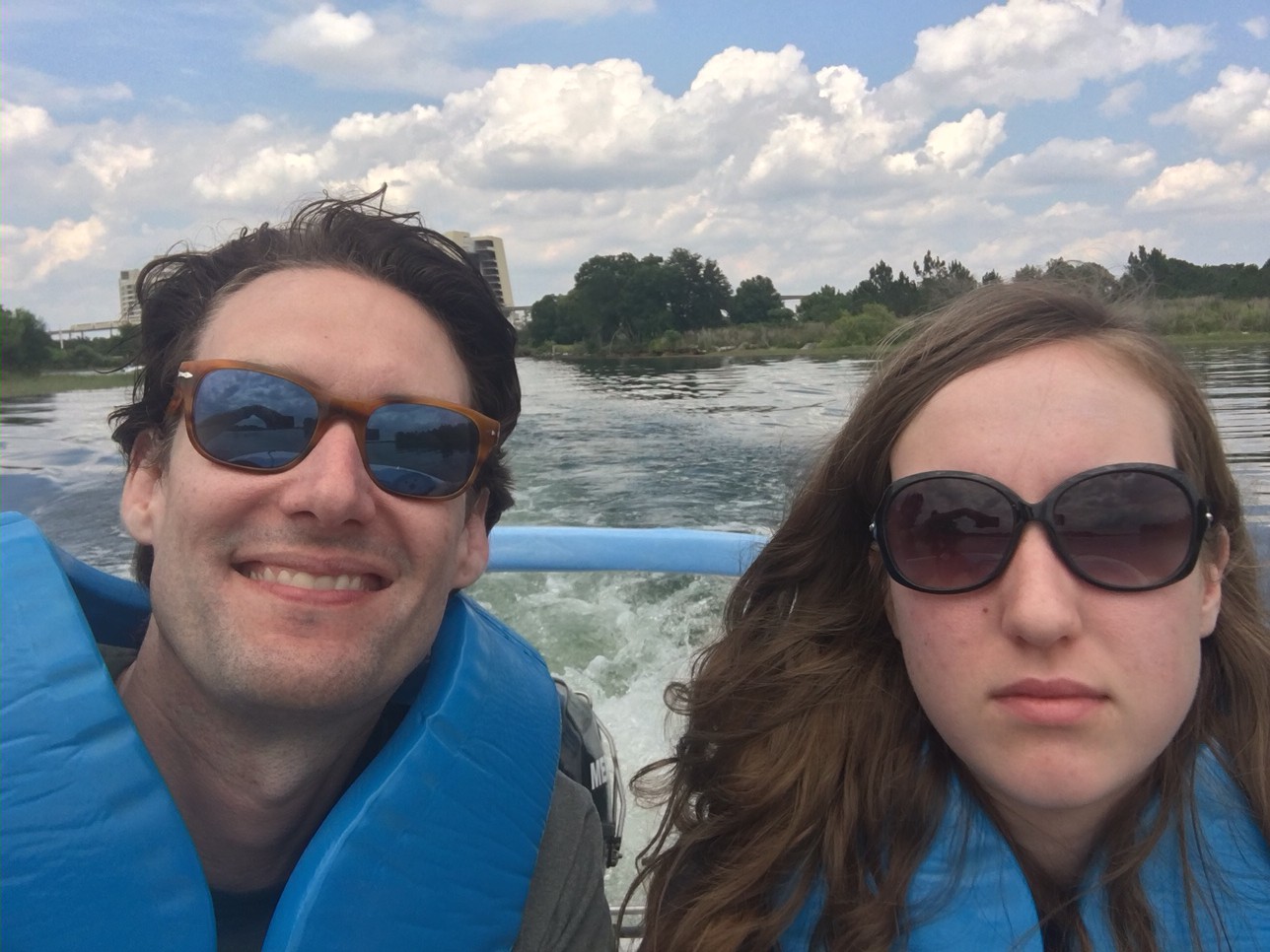
Zoe and I shared a boat, and explored the abandoned Discovery Island and River Country, then drove into Seven Seas Lagoon. And sure enough, as my daughter was trying to get as close as possible to the Magic Kingdom train station, harbor patrol sped up to us and told us to vacate the area, as we had disregarding the buoys. We hadn’t seen them. Honest.
When we were pulling up to the dock, I checked my phone and saw a note from one of my producers, asking if I could go to the scene at Pulse and work the story for our sister show, Extra.
I went upstairs to our room, took a shower, called a Lyft and headed off. The Magic Kingdom would have to wait. My kids understood.
When I got to the scene, the TV crews had been set up for hours. I met my crew and searched for anyone we could talk to.

The holes used by SWAT to break into the back of the Pulse Nightclub.
In an effort talk to anyone whose story hadn’t been already told, we went down a side street and walked to the closest spot to the club that we could.Our sound technician snapped a photo of the holes the SWAT team poked into the wall to breach the building and get people out. The police had put up temporary fencing to cover the parking lot of the club, but there were just two international photographers taking photos of the dead as they were being wheeled out in white sheets. For a split second, my first reaction was that this was exploitative. But that moved quickly to more anger, moved to wanting people to see what these guns can do. To thinking that instead of their”thoughts and prayers,” every law maker should be forced to tour the inside of the club to see first hand what these guns can do.
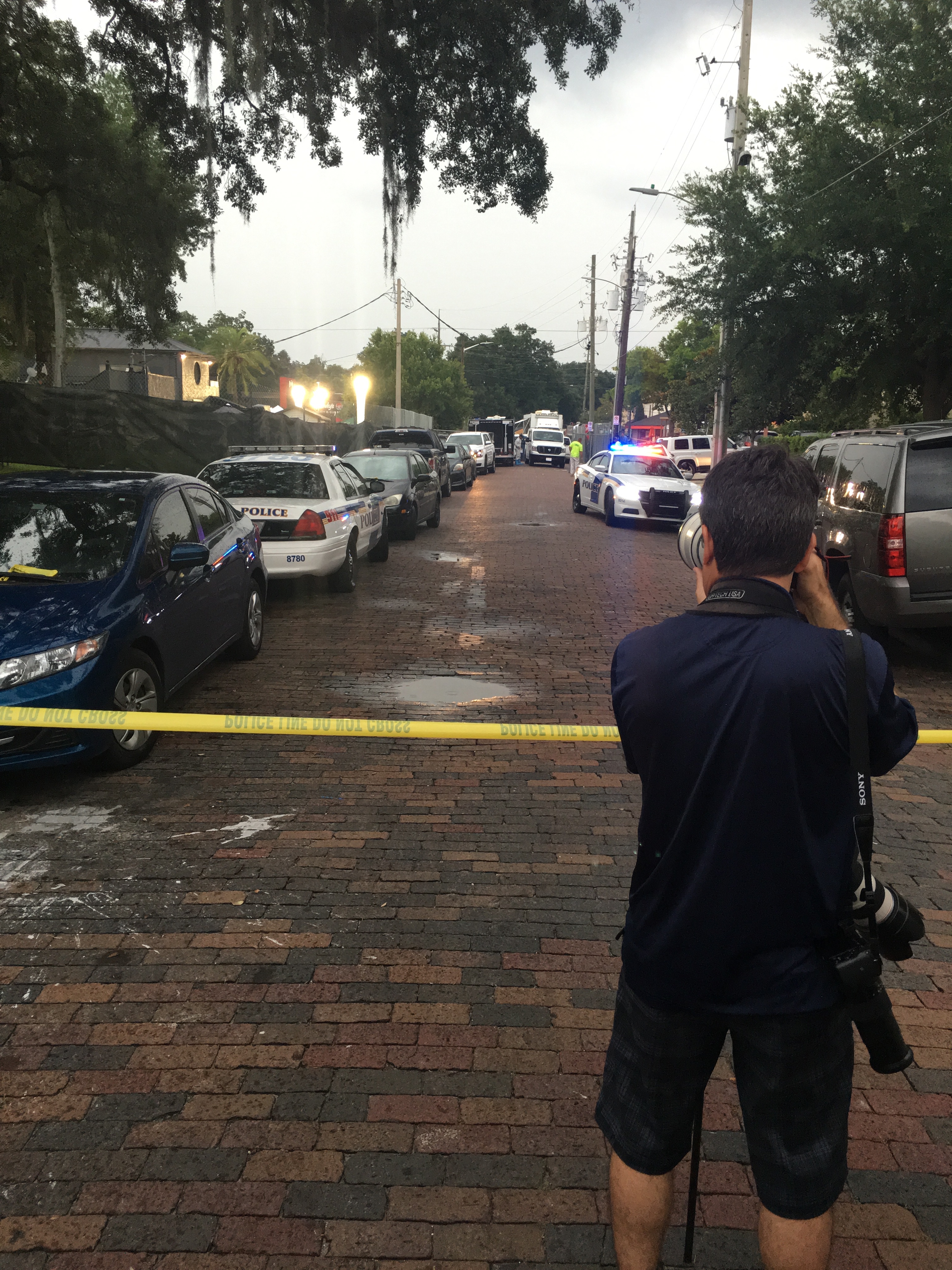
A photographer takes a photograph of a crime scene investigator after he placed the body of one of the 49 dead into the white van.
Two white vans carrying the dead drove past us.

Interviewing the homeowner closest to Pulse Nightclub, who watched the entire scene unfold from his balcony.
I found the gentleman who lives closest to the nightclub, who heard the first shots and spent the three hours of the siege watching from his balcony, closer than any news crew. He showed me the video he took on his phone of the final raid. It was nothing but light flashes and a cacophony of bullets.
I went back to the Contemporary, these words and images banging around my head, but still wanting to ride the Monorail and spend some time with my son at this ridiculously expensive hotel. I was trying to capture the same feelings I felt with my dad when I on the cusp of being a teenager, hoping my son would get the same feelings and recreate them with his kids. It felt forced, but there moments. We had as good a time as we could, and I went to sleep at midnight.
I have strange dreams about Disney–been having them my whole life. They usually contain a story line where I am really close to the Magic Kingdom, but can’t get inside for some reason, and I am scrambling to find a way in. Sometimes I actually enter the park, but it looks all different, with twisted rides and attractions.
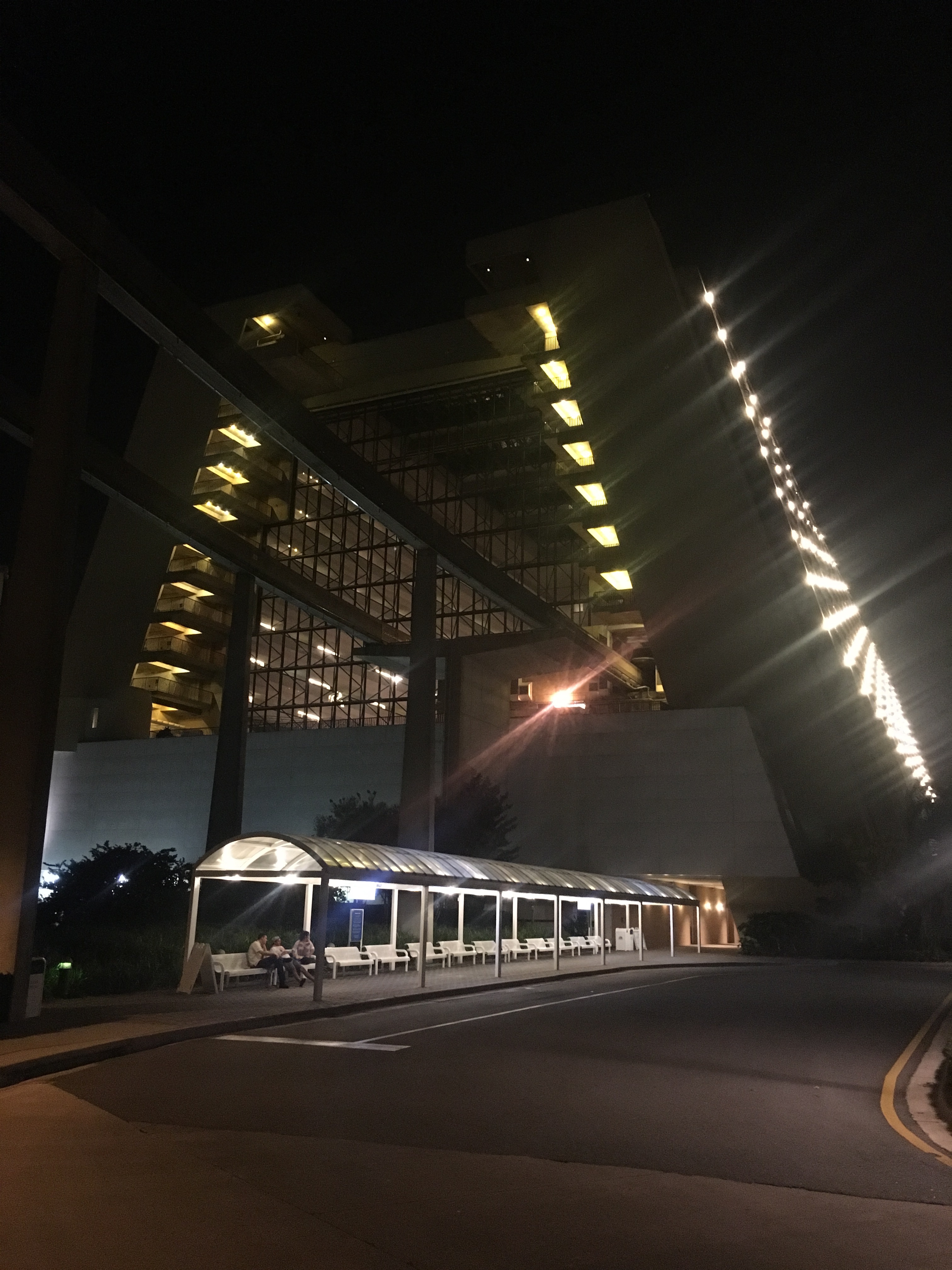
On Monday morning, I woke up at 5am at the Contemporary Hotel, took the elevator downstairs past the monorail station, and climbed into a Lyft to take me to the murder scene.
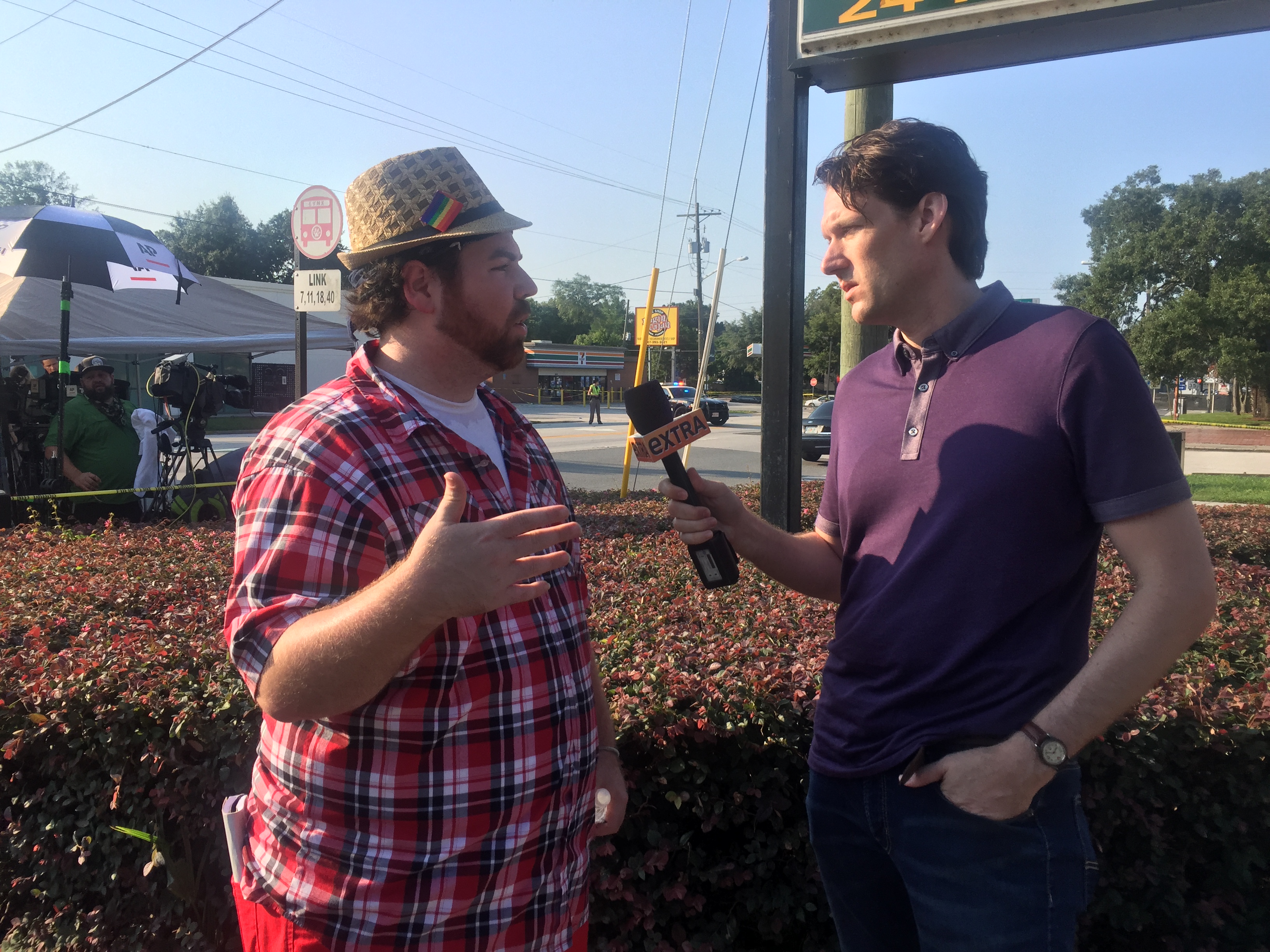
Christopher Hansen was a hero at the Pulse shooting.
There, I was able to talk to Christopher Hansen. He was at Pulse that night, and dropped to the floor when the man next to him was shot. After he escaped, he helped a man who had been shot in the arm, taking off his bandana to apply pressure. Then he saw the bullet hole in his back. He then used the bandana to put pressure on the wound until help arrived. He has no idea if he survived, but would not forget him. He remembers he has a chest tattoo. When the names are released, he told me he is going to go through all of the photos to find him. I couldn’t help but hug him after we talked.

With Watermark Media Editor-In-Chief Billy Manes.
I found Billy Manes, former Orlando Weekly columnist and one of the biggest voices in the LGBT community in Orlando. I had only talked to him on facebook before.

I spoke to a woman outside the hospital visiting her cousin who had been shot. A man who was at the club alone and had managed to get out. Even a man who had grown up with the shooter.
Only one person I spoke with mentioned the words “ISIS” or “terrorism.” Every person I spoke with mentioned the words “hate” and “guns.” Easy access to guns. They were all resilient. They were all clear that at the end of the day, love would trample hate.
It was incredibly hot outside. I was wearing jeans. Jeans are what I wore at Disney the last time I went with my Dad, because as a kid I hated my skinny legs. That day, they were drenched with sweat. I took a break and walked into a bank that had set up waters and cookies for the media. Exhausted, I sat down and took a cold drink. After my third gulp, I looked out the window and saw a Benjamin Moore Paint sign on the store across the street. That was the brand my Dad used, the colored liquid my he bought thousands of gallons of, that put me through college and let me have those Disney trips with him.
He wore pants in the 100 degree every day as he painted houses for 30 years before he was taken too young. I heard my Dad’s booming voice: “Ok, you’re hydrated. Now go back out and get some more stories. Let’s go.”
I did.
We wrapped at 4pm. I took a car back to the hotel. I wanted to recreate the photo of me and my dad at the Contemporary, so I grabbed my son and we took this picture.

Top: Dad and me at the Contemporary Hotel. Bottom, my son and me at the Contemporary Hotel.
I just hope I am making him proud.
We spent the next day at the Magic Kingdom. We left before it even got dark, and took the monorail to the Polynesian Hotel on the Seven Seas Lagooon. We put our feet in the water and watched the storm roll in. Maybe it was the strong cocktails from Trader Sam’s, but for the first time it felt like a vacation.

We learned later that night that 15 minutes and 300 yards from where I took this photo, a two-year-old boy playing in the sand was snatched by an alligator.
A fucking alligator.
Sending as much love as I can to the families and friends of the victims of the Pulse, the family of the little boy, and to everyone who has ever lost anyone to violence. Now we need to package that love with action. That is the only way to make change.
